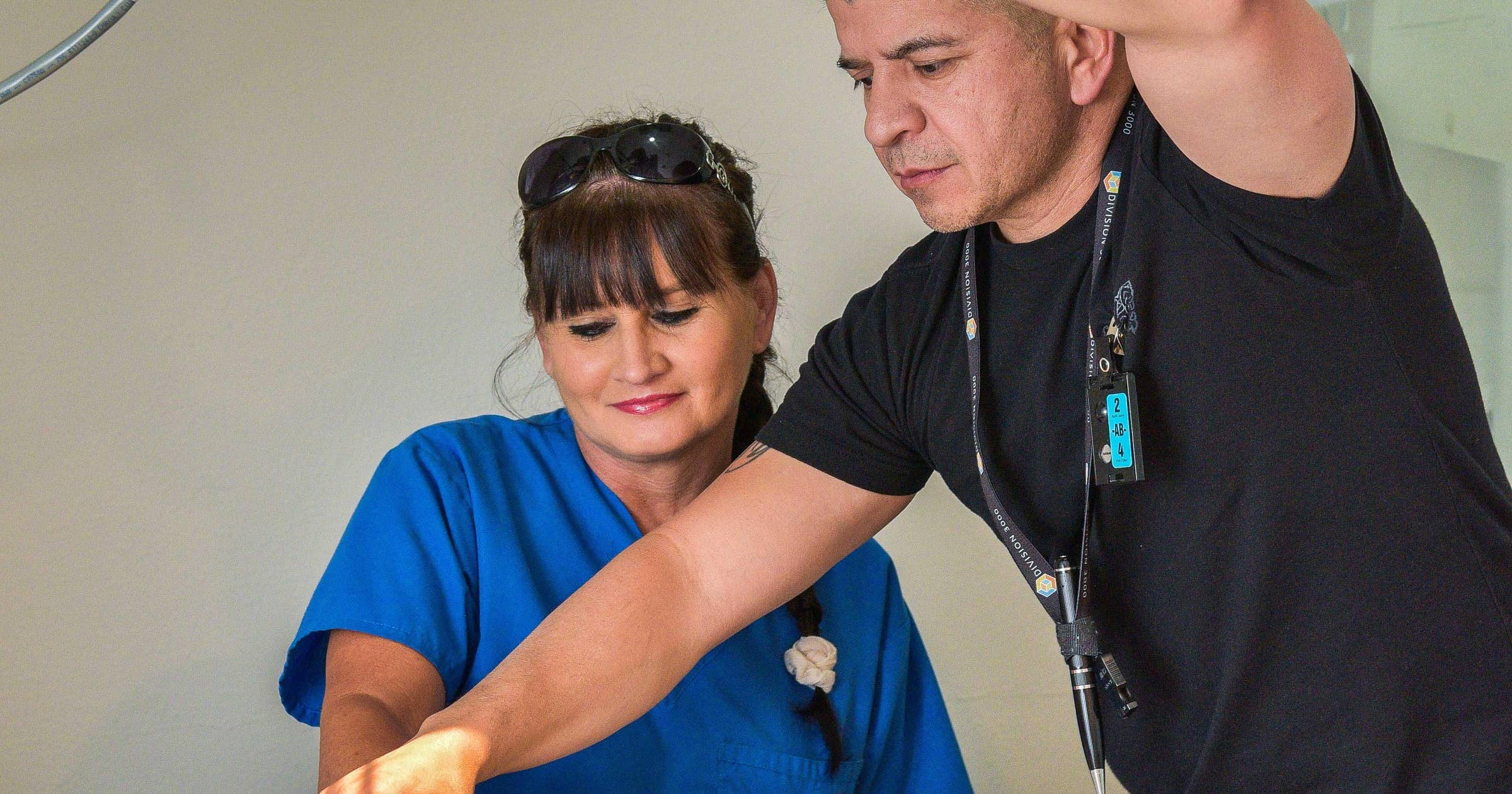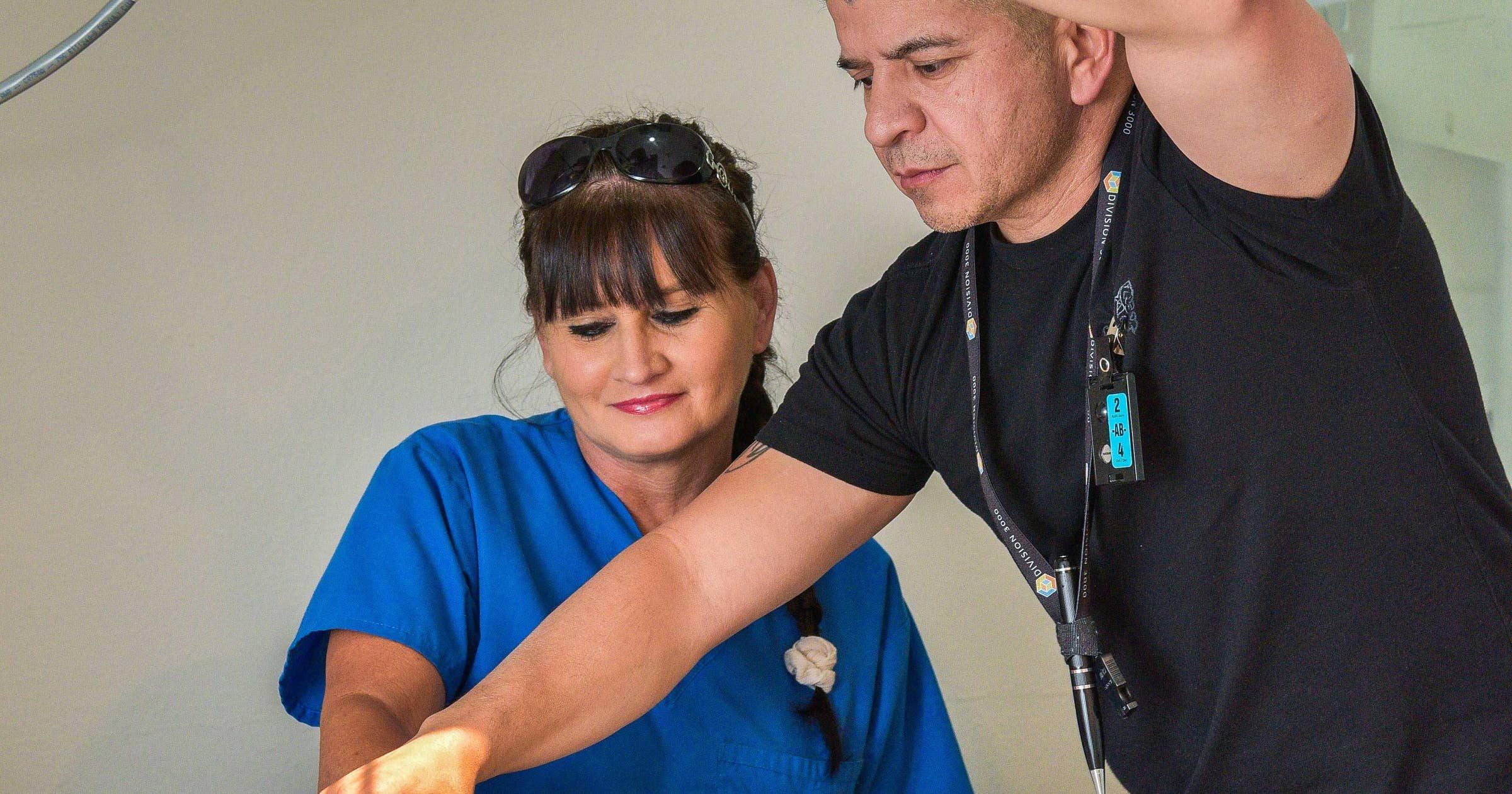X Ray Technician Job Requirements

Introduction to X Ray Technician Job Requirements

To become a successful X-ray technician, also known as a radiologic technologist, one must possess a combination of technical skills, physical stamina, and emotional stability. X-ray technicians play a crucial role in the medical field, as they are responsible for operating equipment that produces images of the internal structures of the body. These images are used by physicians to diagnose and treat various medical conditions. In this article, we will delve into the job requirements of an X-ray technician, including the necessary education, certifications, and personal qualities.
Education and Certification Requirements

To become an X-ray technician, one must complete a postsecondary education program in radiologic technology. These programs are typically offered at community colleges, universities, and hospitals, and can lead to an associate’s degree or a bachelor’s degree. The program must be accredited by the Joint Review Committee on Education in Radiologic Technology (JRCERT). Some of the courses that are typically included in these programs are: * Patient assessment and care * Radiation safety and protection * Radiographic positioning and procedures * Image analysis and evaluation * Patient communication and education
📝 Note: Many states require X-ray technicians to be licensed or certified. Certification is typically offered by the American Registry of Radiologic Technologists (ARRT), and it requires passing a certification exam and completing continuing education requirements to maintain certification.
Technical Skills and Knowledge

X-ray technicians must possess a strong foundation in technical skills and knowledge. Some of the key technical skills include: * Operating X-ray equipment, including digital radiography systems and computed radiography systems * Positioning patients to obtain the best possible images * Using radiation safety protocols to minimize exposure to patients and themselves * Analyzing images to ensure that they are of high quality and meet the needs of the physician * Maintaining patient records and preparing reports for physicians
Physical and Emotional Demands

X-ray technicians must also be able to withstand the physical and emotional demands of the job. Some of the key physical demands include: * Lifting and moving patients who may be unable to move themselves * Standing for long periods of time * Working in a fast-paced environment with multiple patients and priorities * Wearing protective gear, including lead aprons and gloves, to minimize radiation exposure
Some of the key emotional demands include: * Dealing with traumatic or stressful situations, such as working with patients who have been injured in an accident * Maintaining patient confidentiality and respecting patient privacy * Working with patients who may be anxious or fearful of the X-ray procedure
Personal Qualities and Traits

In addition to technical skills and knowledge, X-ray technicians must possess certain personal qualities and traits. Some of the key qualities and traits include: * Strong communication skills, including the ability to communicate effectively with patients and physicians * Attention to detail, including the ability to analyze images and identify any errors or inconsistencies * Ability to work independently, including the ability to make decisions and take action without direct supervision * Compassion and empathy, including the ability to understand and relate to patients who may be experiencing pain or discomfort
Work Environment and Job Outlook

X-ray technicians can work in a variety of settings, including hospitals, clinics, and imaging centers. The job outlook for X-ray technicians is strong, with the Bureau of Labor Statistics predicting a 9% growth in employment opportunities from 2020 to 2030. This growth is due in part to an aging population and an increased demand for medical imaging services.
| Setting | Job Outlook |
|---|---|
| Hospitals | 5% growth |
| Clinics | 10% growth |
| Imaging centers | 12% growth |

X-ray technicians can also specialize in a particular area of radiologic technology, such as mammography or computed tomography (CT). Specializing can lead to increased job opportunities and higher salaries.
💡 Note: X-ray technicians must be aware of the latest advancements in radiologic technology, including digital radiography and artificial intelligence. Staying up-to-date with the latest technology and techniques can help X-ray technicians to stay competitive in the job market and provide the best possible care for patients.
In summary, becoming an X-ray technician requires a combination of education, certification, technical skills, and personal qualities. X-ray technicians play a crucial role in the medical field, and the job outlook for this profession is strong. By understanding the job requirements and staying up-to-date with the latest advancements in radiologic technology, X-ray technicians can provide high-quality care for patients and enjoy a rewarding and challenging career.
What is the average salary of an X-ray technician?

+
The average salary of an X-ray technician varies depending on factors such as location, experience, and specialization. However, according to the Bureau of Labor Statistics, the median annual salary for radiologic technologists was $61,370 in May 2020.
Do X-ray technicians need to be certified?

+
Many states require X-ray technicians to be licensed or certified. Certification is typically offered by the American Registry of Radiologic Technologists (ARRT), and it requires passing a certification exam and completing continuing education requirements to maintain certification.
What are the physical demands of being an X-ray technician?

+
X-ray technicians must be able to lift and move patients, stand for long periods, and work in a fast-paced environment. They must also wear protective gear, including lead aprons and gloves, to minimize radiation exposure.



